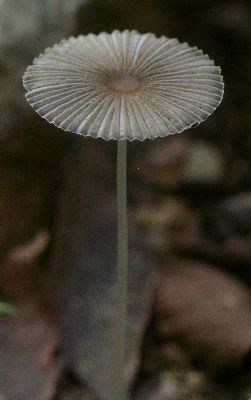by Larry
May, 2011Fun Facts About Beneficial FungiFewer realize that a certain genetically engineered fungus has also been found to effectively destroy the parasites in mosquitoes that cause malaria. You might say that what's good for the mosquito is good for you and me.
Other fungi have been found that kill mosquitoes outright, but mosquitoes rapidly find ways of adapting, developing immunities to the fungi. Fortunately, a way around this was to develop the fungi so specific that they kill the malarial parasites in the mosquitoes' blood while leaving the host mosquito unscathed. As a result, the insects do not develop immunities. Their parasites are not so quick in doing so. The prospect is there, then, of before long greatly reducing the spread of malaria, saving hundreds of thousands or even millions of human lives via these specialized, semi-artificial fungi. Approval for their use is pending. Some have concerns over unintended consequences of such a weapon being released into the environment. Fungi also are in fact now in use to aid farmers by efficiently killing locusts. Folks may not understand till they think about it, but fungi have tremendous beneficial effects as well on our food supplies. Yeast, vital in the rising of many baked goods, is a fungus. And fungi also are important in the removal of dead wood and other lifeless organic matter, helping it to decay and return its nutrients to the soil. Mushrooms, which are fungi of course, are a huge source of nutrition for humans and other animals. They are a staple in many people's dishes and diets. There is also a little known symbiotic association, mycorrhizae, between the roots of most plant species and fungi. By this means, fungi get better access to carbohydrates, while plants get improved use of the soil's moisture and nutrients. These relationships also aid plants by making them more drought-tolerant and resistant to disease. Fungi typically produce many tiny threads which spread far and wide, called mycelia. Among other things, mycelia help hold healthy soil together and prevent erosion. We usually think of fungi as kind of alien life forms, only distantly related to both plants and animals. Actually, though, animals and fungi are closer on the evolutionary tree than are animals and plants. We share a great deal of DNA. Also, fungi are amazingly widespread. So it is probably no wonder that every year new uses for fungi, ones highly beneficial to our species, are being found. |
